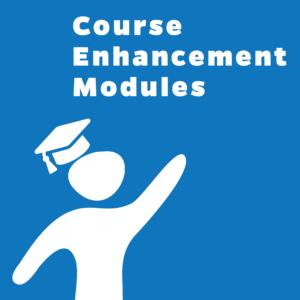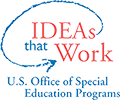Learning Resources
Facilitator’s Guide
The facilitator’s guide consists of anchor presentation slides with a script to support facilitators
as they present the content and learning activities within the anchor presentation. Facilitator’s
notes and talking points are included. The speaker notes are intended as a guide for the
facilitator who is using the slide presentation and may be modified as needed. Reviewing the
entire guide prior to facilitating the training is highly recommended.
Tiered Organization
This CEM is divided into six hours of content, with each hour building on previous information
and resources. However, the sessions can stand alone with content embedded into a class or
professional development session.
Part 1: Introduction to Transition Planning
After completion of this module, participants will be able to describe the components of the transition plan, articulate the major elements of effective transition planning, and write post-secondary measurable goals for individualized education programs (IEPs).
Part 2: Designing Effective Transition Program Structures
Upon completion of this module, participants will be able to understand how transition fits within the Common Core State Standards framework and how to embed transition-related activities within general education curriculum. Additionally, participants will be able to identify different ways to implement evidence-based transition practices and programs needed for post-school life.
Part 3: Student-Focused Planning
This section provides definitions for essential features of effective transition planning and services. This section teaches how to embed self-determination activities within general education curriculum and how to involve secondary students in individualized planning, including the transition IEP. Additionally, this section emphasizes ways to implement evidence-based practices and programs needed for post-secondary success.
Part 4: Providing a Transition-Focused Education
After completion of this module, participants will be able to understand the purpose of providing transition related activities within a general education setting. Additionally, participants will be able to demonstrate how to embed transition-related activities within the general education curriculum and academic coursework and be able to identify academic evidence-based practices to support students with disabilities in the general curriculum.
Part 5: Transition and Family Engagement
During this module, participants will review the law on family engagement in transition planning, learn how family involvement predicts positive post-school outcomes, and identify evidence-based practices for facilitating family involvement and engagement in transition planning.
Part 6: Interagency Collaboration
After completion of this module, participants will be able to demonstrate the importance of cross-disciplinary planning (intra-agency and interagency) and understand the critical elements of interagency collaboration. Participants will also identity actions schools can take to increase interagency collaboration and expectations for post-school employment and post-secondary education.



